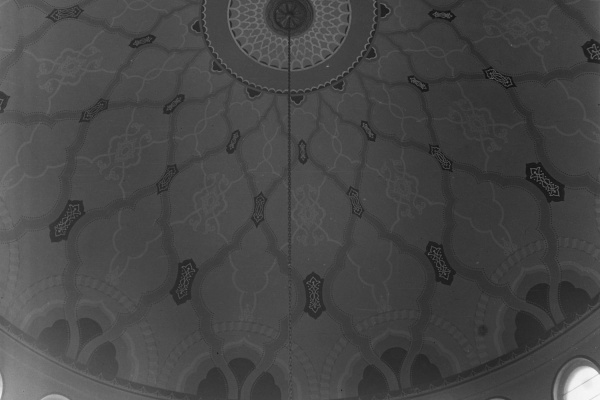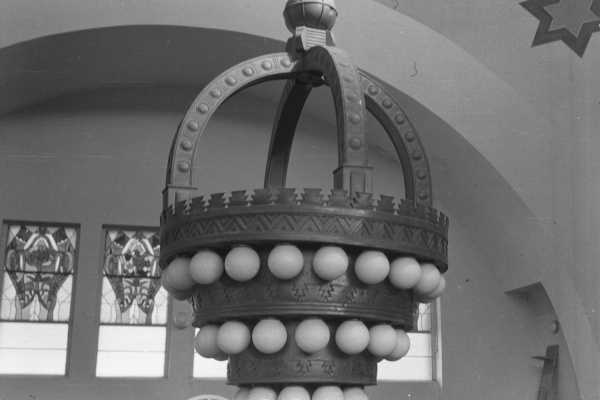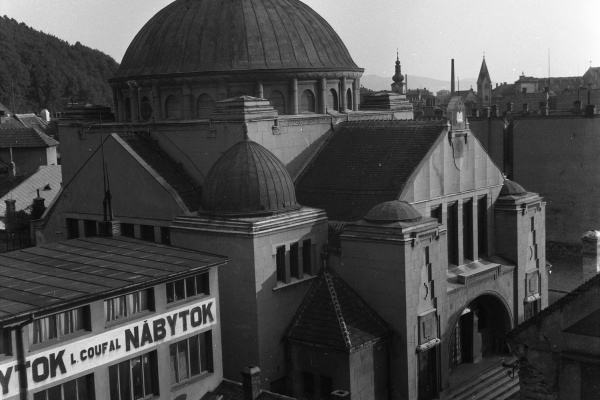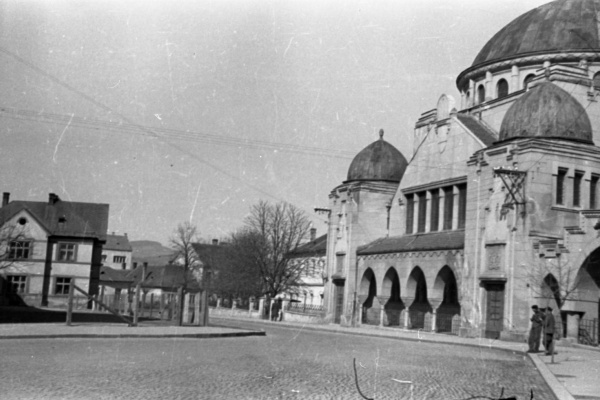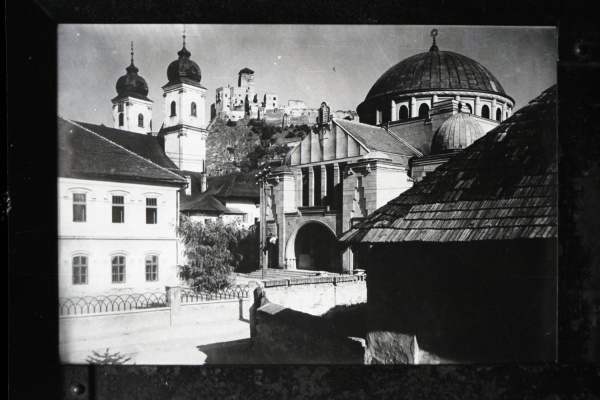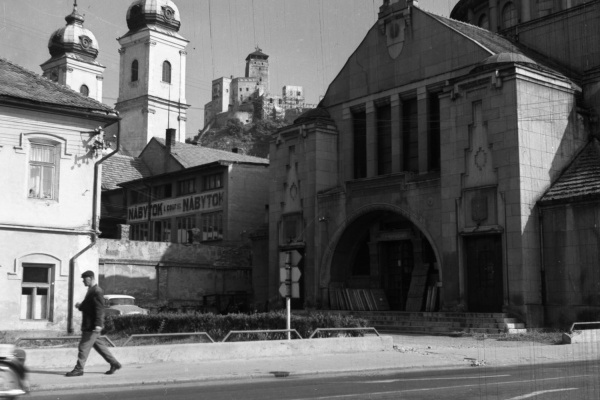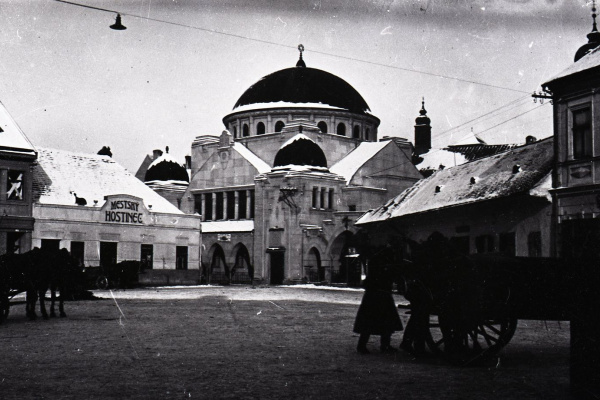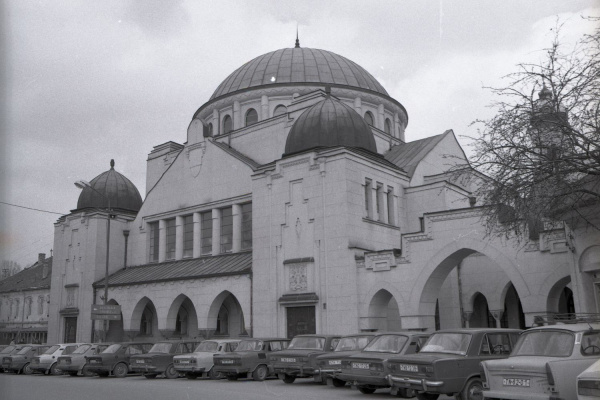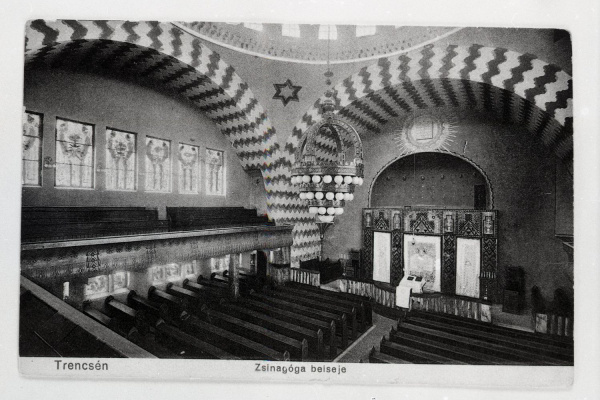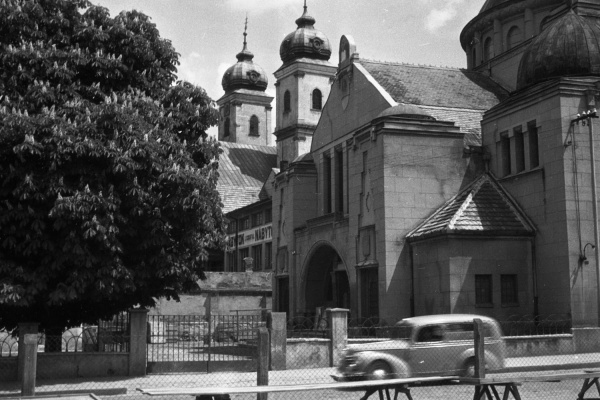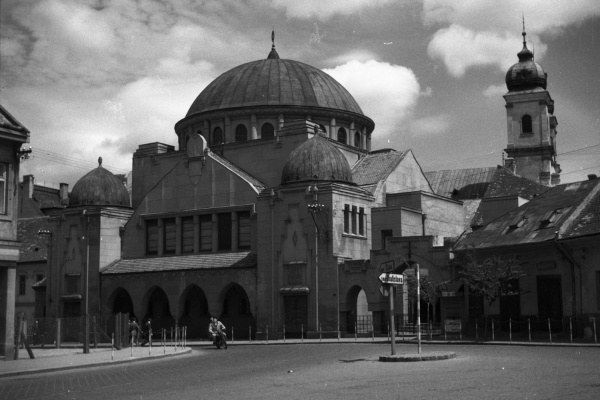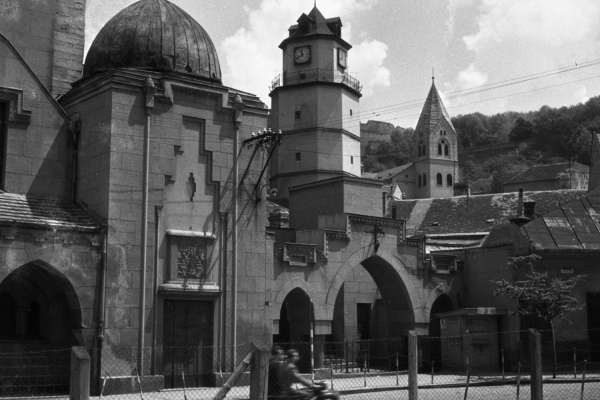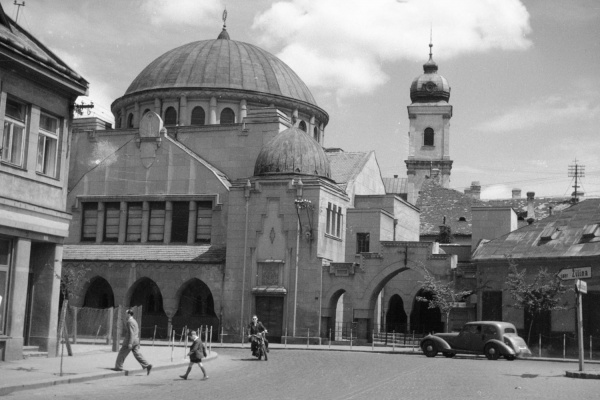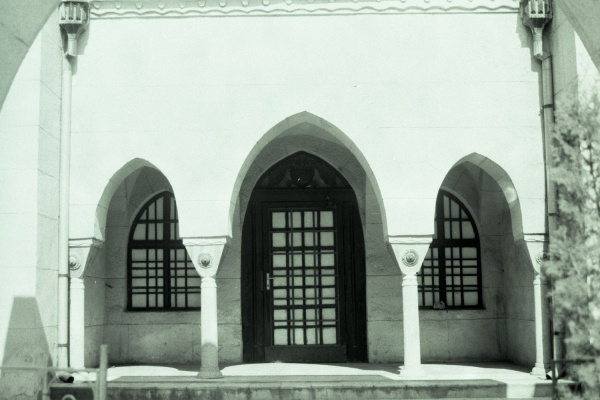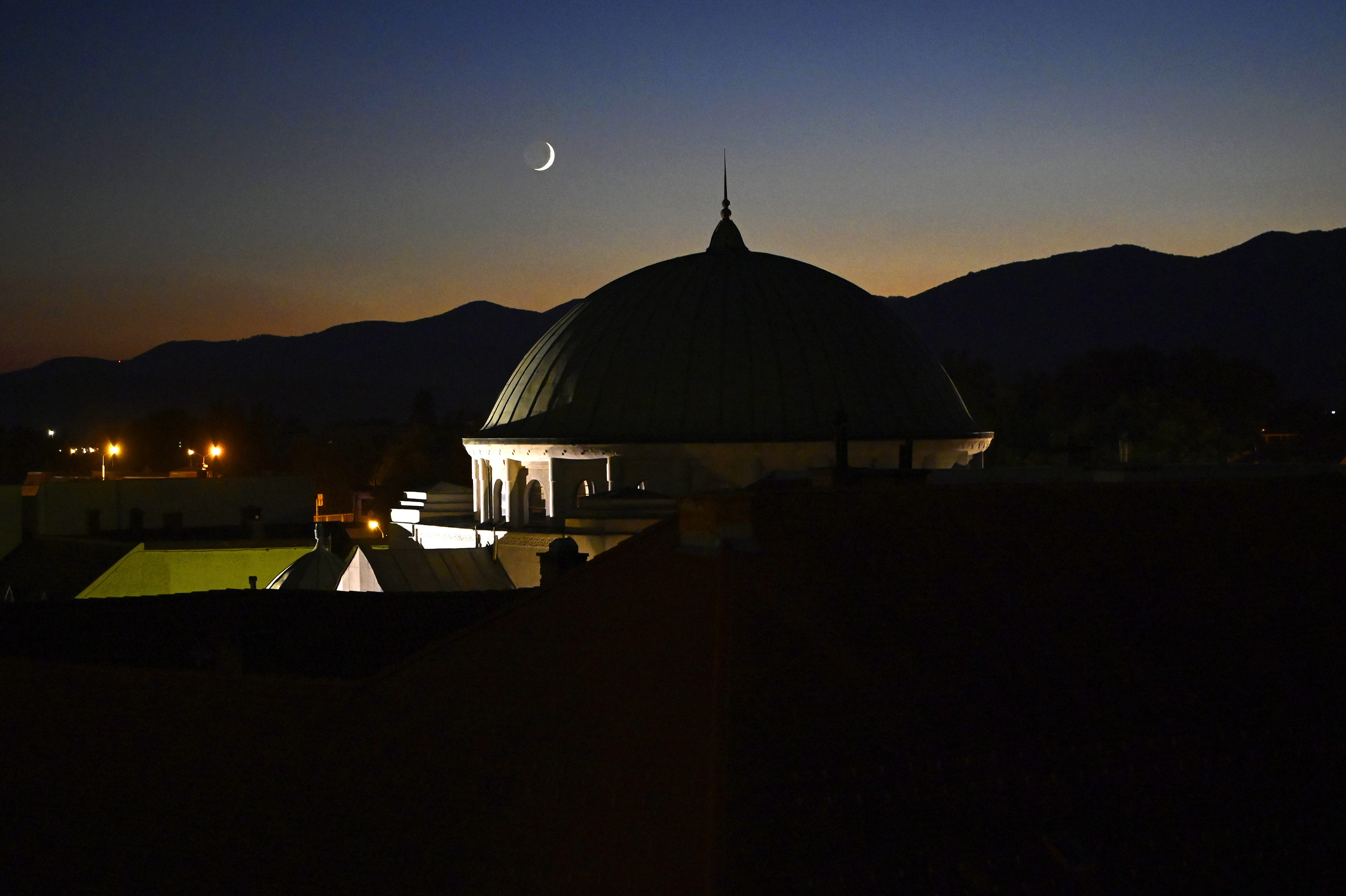
The beginnings of the Jewish community in Trenčín
In the past, a large Jewish community was an integral part of city. The first mention of its presence can be found at the beginning of the 14th century. Larger groups came here especially at the end of the 17th and 18th centuries, when Jews from Bohemia and Moravia moved to the town. They became famous as skilled craftsmen or merchants, which in the following years also had a positive effect on the economic development of Trenčín.
In the past, Jews could not settle behind the city walls, but in front of them. Today's Štúrovo Square or Hviezdoslavova Street were already outside the forbidden zone. The Jewish community therefore concentrated in these places, gradually expanding. For religious purposes, it was first used by a prayer house, which existed on the site of today's synagogue in the first half of the 18th century. Later, in 1781, it was replaced by a wooden synagogue.
Construction started thanks to the collection
At the beginning of the 20th century, Jews made up 15 to 20 percent of Trenčín's population. The original wooden synagogue was no longer enough for the large religious community, and in 1905 the first initiative came to grow a new synagogue in the city. But due to lack of money, they had to postpone plans for five years. At that time, the director of the bank, Vojtech Friedman, also intervened, who provided financial coverage for the entire project. He organized a collection to which the free royal city of Trenčín also contributed in the amount of 20,000 crowns. The old synagogue was demolished and a new one was built in its place after 18 months of construction. It was ceremoniously opened and consecrated on Tuesday, September 23, 1913.
Remarkable architecture
The synagogue in Trenčín is a timeless work by the designer of the Berlin studio and a native of Piešťany, Richard Scheibner, and his collaborator Hugo Pál. The remarkable building is an example of early modernist trends that aimed to reduce decoration while preserving monumental classical forms. It is a mixture of Byzantine and Art Nouveau styles with a modern reinforced concrete dome construction. As evidenced by historical postcards, the main prayer hall was once richly decorated. To this day, several details are visible, including stained glass windows, a blue painting on the dome, and a historic chandelier in its center.
The years of destruction have signed on to the current look
World War II bitterly affected the entire Jewish community in Trenčín. The synagogue itself was damaged and desecrated by members of the Nazi organization Freiwillige Schutzstaffel and the Hlinka Guard, who also destroyed its interior. According to the witnesses, soldiers on horses rode inside the building. The destruction of the building continued with the bombing of the city in May 1945, during which a large part of the richly decorated stained glass windows was destroyed.
After the end of the war, Holocaust survivors organized a collection and repaired the synagogue between 1945 and 1948. It was ceremoniously opened and consecrated, with memorial board bearing the names of Holocaust victims on its premises.
However, the socialist regime came to power, which had also no respect for the synagogue.
They set up a clothing warehouse in its premises, and the “last point” was the reconstruction in the 1970s and 1980s, which destroyed the original acoustics and the beautiful decoration.
The damage by both regimes can be seen to this day
In the early 1990s, they installed a new board in the synagogue in honor of the tortured victims of the Holocaust and rebuilt a small prayer room in the back of the building, which is currently used for liturgical purposes. In 1993, the building was restituted by the Central Union of Jewish Religious Communities in the Slovak Republic, which in 2018 returned it to the property of the restored Jewish religious community in Trenčín. Within its possibilities, it was used as an exhibition hall and, due to its poor condition, it was used more and more sporadically for these purposes until recently.

